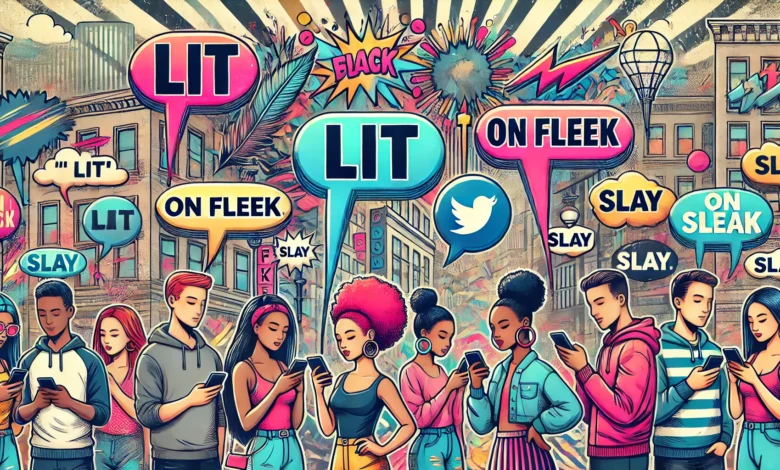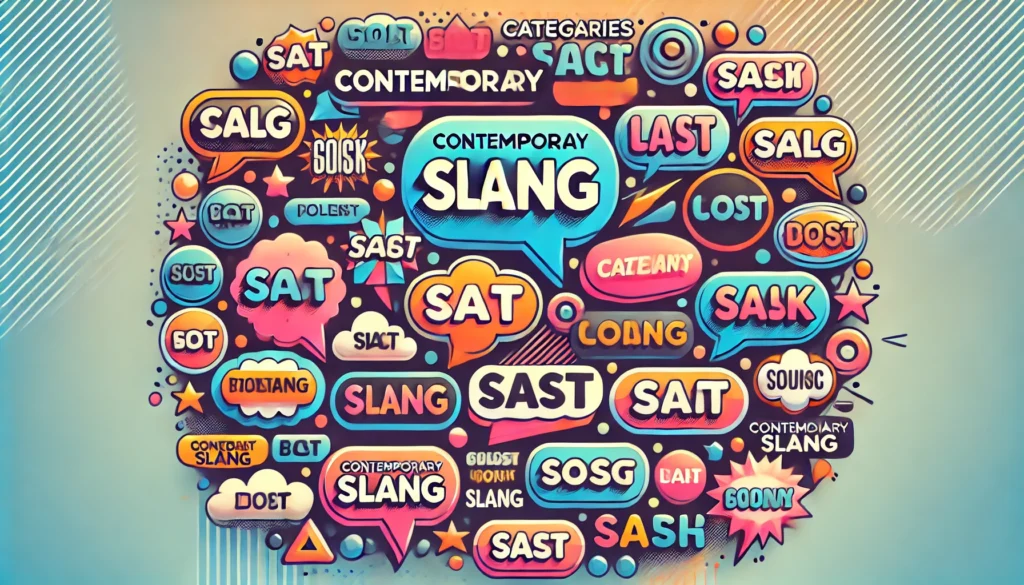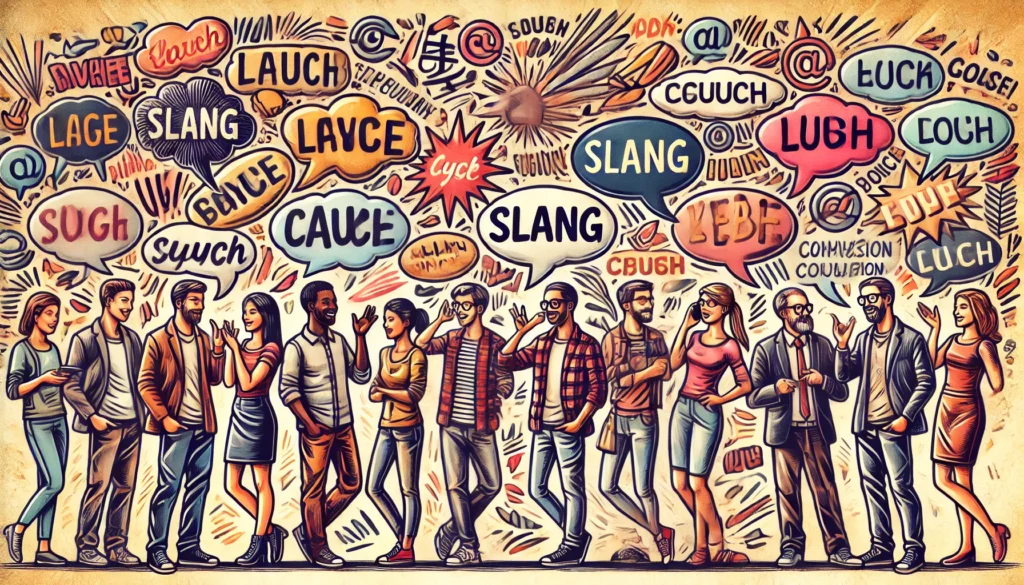Complete Guide to Understanding Slang Meanings Today

Slang is that continuously evolving, lively language that keeps communication fun, carefree, and, in many cases, a tad confusing to follow. It is, by its definition, an identity in the language that changes each day. Mainly influenced by pop culture, the internet, and new generations-creative ideas to reflect the latest trends and individual identity-people continuously come up with innovative new slang words and meanings. Read on to learn what slang is, why it is constantly changing, and how to decode the currently trendy.
Categories of Contemporary Slang

Slang meanings guide is highly diverse and falls into a range of broad categories, reflecting different aspects of society and interaction:
- Internet and text: They often arose to be used to save time when texting, and slang like “LOL,” which is short for laughing out loud, “OMG,” which stands for oh my god, and “BRB,” for be right back, have become so thoroughly embedded that they are almost universal.
- There are also words like “stan” (one who is an obsessive fan, from the title of an Eminem song), “cancel” (to reject or stop endorsing someone because of their behavior), and “vibe” (an emotional tone or mood)-words that reflect the contemporary cultural landscape and are often widely circulated via social media.
- Descriptive Words: Such words as “ghosting” refer to when a person cuts off communication entirely, “flexing,” a term used to display oneself, and “low-key,” unobtrusive or subtle describe actions or sensations. They sum up contemporary experiences in just one or two words, making it fast and efficient to communicate.
- The most natural thing in this world is when slang expressions of emotion pick up and go viral. For instance, “vibe check” means checking a person’s vibe, which just refers to a check on his or her mood, and “dead” is used as a way of showing extreme amusement in “I am dead,” meaning I am laughing hard.
- Humorous Phrasing and Insults: Finally, there’s a playful use of insults and funny phrases. Terms like “Karen,” a notoriety name for an entitled, demanding person, and “simp,” referring to someone who does too much for someone they like, are examples of how humor, culture, and criticism all blend in modern slang.
Interpretation and Use of Slang

Understanding and using slang requires context, especially since can mean different things based on how and where it’s used. Here are a few tips for interpreting and adopting meaningfully:
- Context. Often has ambiguous meaning. For instance, “drip” can be “style” or “fashion,” but the context of how it is used in a sentence decides exactly what that means. Pay attention to how the word is being used and in what context.
- Follow some popular culture sources: One can very easily learn and understand any new slang if he or she keeps track of the pop culture, music, and social media trends. Platforms like TikTok and Twitter are especially helpful as they tend to introduce and spread words fast.
- Use Moderation: Too much may become forced if you aren’t familiar with its subtleties. The amount of it makes a difference and sounds natural if only used in the right place.
- Ask for Explanation: Nobody minds explaining to you. People usually are more than willing to tell you the latest terms, and learning directly from users of can help you use it more exactly.
Obviously, we have to open up ourselves a few times: slang can really get very controversial or seem really strange at times, and yet openness to its fluidity and playfulness is always the essence of understanding it.
How Slang Reflects Society?
Slang provides a snapshot of changes happening in society in terms of what is thought to be the norm, valuable, and interesting. Most slang terms today incorporate modern values and concepts that advocate identity, expression, and even issues of mental health. For instance, “vibe check” requires self-reflection and checks in with the self and others at an emotional level. Terms like “ghosting” reflect new behaviors in society about digital courting and communication.
Conclusion
Concrete manifestations of language-values relationships in society include words associated with social movements or problems, like “woke,” being awake to social inequalities, and “cancel culture,” boycotting a person due to wrong behavior. Slang does not only keep the language alive but also issues that become concerns of each generation.
It is such an exciting and vital part of the language that keeps changing, incorporating all the societal changes, popular culture, and digital influence. Keeping up with slang can be a challenge in itself, but learning modern will bring the gap into the world of current trends, and playfulness could easily be brought into communications. Just embrace its flexibility, observe its context, and stay curious because, with slang, there’s always something new just around the corner.


